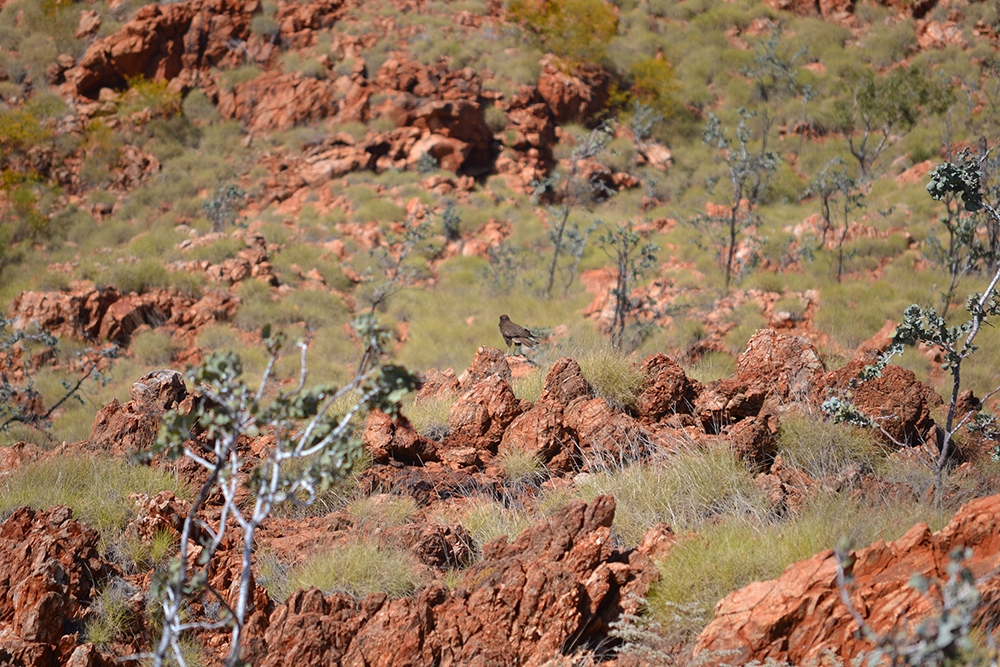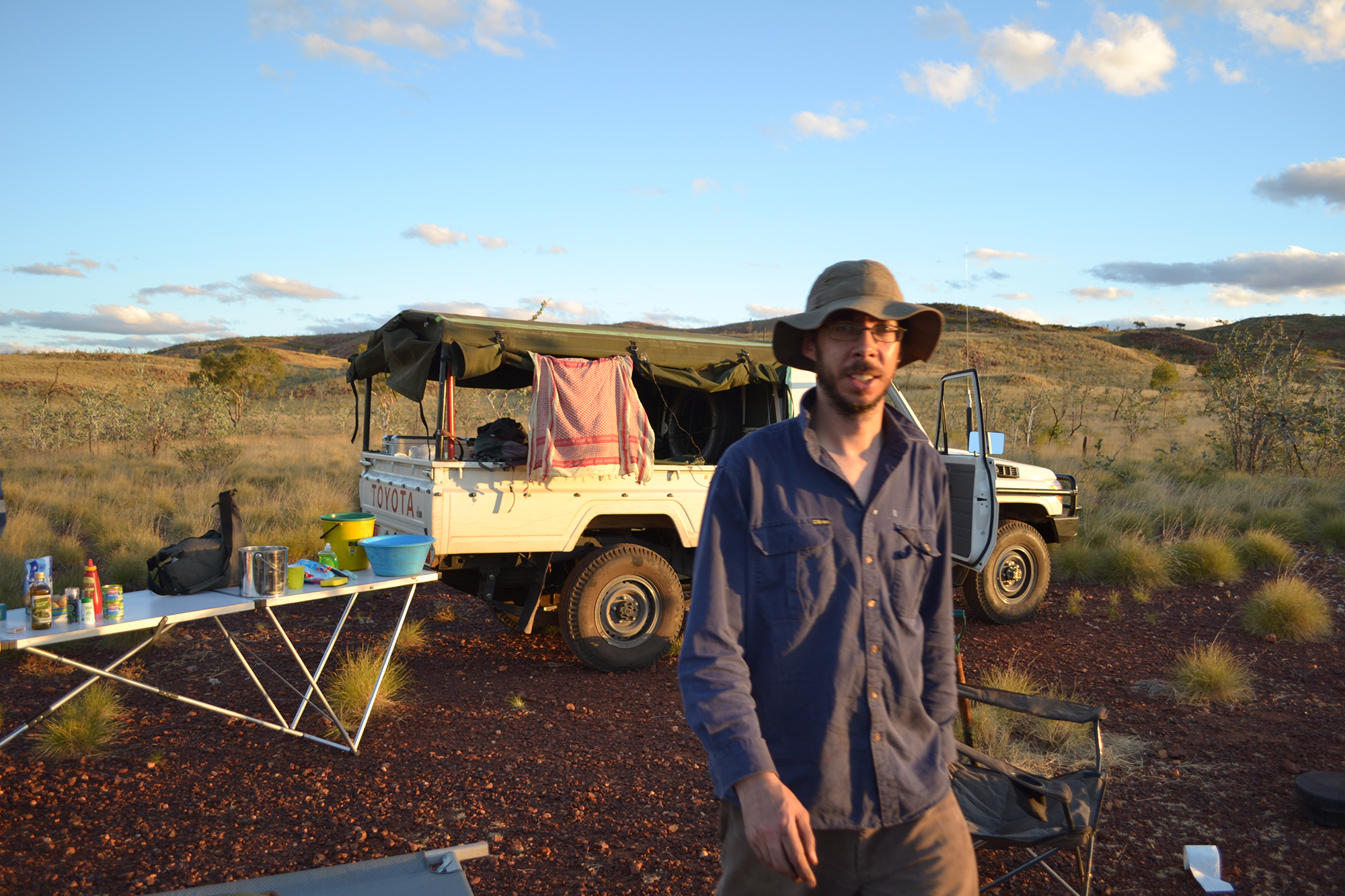QUT researchers have determined how the ancient portion of the Australian continent formed and evolved between 3.6 billion and 3.4 billion years ago.
Dr David Murphy, from QUT’s School of Earth, Environmental and Biological Sciences, said the team investigated rocks in the East Pilbara craton in Western Australia, an old and geographically stable block of continental Earth crust and a natural laboratory for Early Earth research.
The team then used field work, chemical analysis and thermodynamic modelling to conclude how the rocks formed.
They found the oldest documented rock association so far, from 3.6 billion to 3.4 billion years old, in the East Pilbara. The rock association formed at a time when Earth’s mantle is predicted to have reached peak temperatures during the planet’s evolution.
Analyses indicate that the rocks were formed not through the type of plate tectonics that now changes Earth’s crust, but through “gravitational overturn events” shortly after their formation in which denser materials in the unstable crust mixed down into the low viscosity, hotter mantle below while lighter materials rose to the surface.

The research team describes that at least three successive overturn events, following 100 million-year-cycles, affected the ancient East Pilbara crust before plate tectonic processes began around 3.2 billion years ago.
These gravitational overturn events are thought to be responsible for the progressive thermal and chemical mixing of the ancient crust ultimately allowing the emergence of a stable continent with the ability to sustain plate tectonic processes.
They have also suggested that existing data shows that similar 100 million-year-cycles created stable cratons in India and Africa, and that these cycles may represent Earth’s early ‘pulse’.
Their study, Earth’s oldest stable crust in the Pilbara Craton formed by cyclic gravitational overturns, has been published in Nature Geoscience.

“A better understanding of Earth’s oldest stable crust is essential for evaluating how the planet transitioned to plate tectonics, the nature of the substrate on which early life formed and how the vast mineral resources that are found in early Earth cratons formed,” Dr Murphy said.
“There is still a school of thought that the early Earth crust was formed by something similar to the plate tectonics that we observe today, where the plates are moving relative to each other and in places like the Pacific Ring of Fire you have one plate descending under another.
“Our data suggest that this wasn’t the case in early Earth history and there was something very different happening to the way fragments of crust stabilised to form continents.
“Our research has provided direct evidence of the processes that were occurring and will provide valuable input for modelling of how our planet came to be, the architecture of its crust and where mineralisation occurs.”
Co-authors with Dr Murphy in the study are Dr Daniel Wiemer (lead author, now at the University of Western Australia, who undertook the research during his PhD study at QUT), and QUT ’s Dr Christoph Schrank, Masters student Lana Wenham and Dr Charlotte Allen. Analytics were carried out at QUT’s Institute for Future Environments Central Analytical Research Facility (CARF).
QUT Media contacts: Karen Milliner, 07 3138 1841 or k.milliner@qut.edu.au
After hours: Rose Trapnell, 0407 585 901 or media@qut.edu.au


